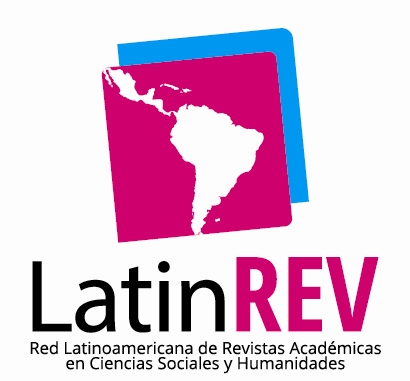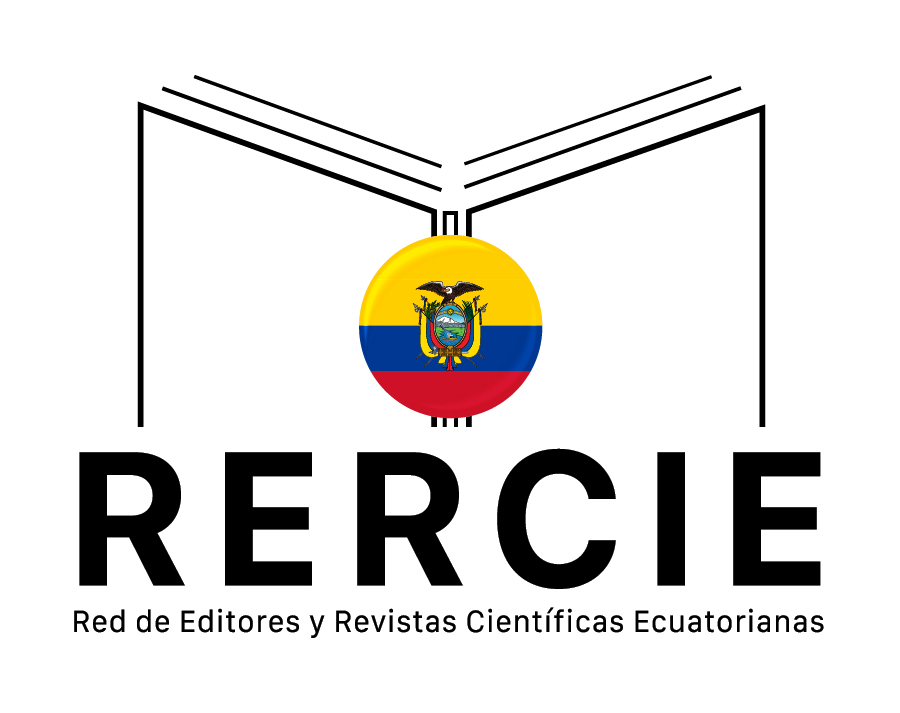Glass ceilings in the university female teaching
Keywords:
Teaching, leadership, gender, patriarchyAbstract
The objective of this research was to study the different barriers that women with managerial positions have to overcome throughout their academic career, these barriers are known as glass ceilings because they are invisible, you cannot see them but they are there limiting their access to positions with power, these barriers can be at the institutional or personal level, at the institutional level it is determined that many of the times male support networks make female leadership invisible, as well as female networks that have failed to contribute to strengthening to its members, however in the research it is mentioned that the strengthening of values such as that of sisterhood can lead women who are members to obtain positions with power and take them successfully, these aspects that have enabled and at the same time have prevented that women come to occupy managerial positions at the academic level in combination of the variables ceilings of crystal and female university teaching. The continuous struggle and the limitations little by little continue to disappear, in the present case the Technical University of Ambato has been taken as a sample and example, where the participation of women in management positions and lower positions could be evidenced, but they always remain latent the ideal of meeting your goals and surpassing yourself with optimism and the ability to one day be at the same level as man.
Keywords: Teaching, leadership, gender, patriarchy.
Downloads
References
Bonder, G. (1994). Mujer y Educación en América Latina: hacia la igualdad de oportunidades. Revista Iberoamericana de Educación.
Burin, M. (2008). Las “fronteras de cristal” en la carrera laboral de las mujeres. Anuario de Psicología.
Buston, C. (1997). Gender Equity in Australian University Staffing. Australia.
Camarena, M., & Saavedra, M. (2018). El techo de cristal en México. México: Scielo.
Campuzano, L. (2015). Empleo y trabajo rural de la Mujer. La Libertad.
Consejo Nacional de Evaluación y Acreditación de la Educación Superior del Ecuador. (2010). La calidad en la Universidad Ecuatoriana. Quito.
Constitución de la República del Ecuador. (2008). Quito: cep.
Cotter, D., & Hermsen, J. (2001). The Glass Ceiling Effect. Social Forces.
Crespo, B. (2014). Las mujeres como referente de gestión en la Universidad. Cuenca.
Eagly, & Carli. (2004). Women and Men as Leaders. Sage Publications.
Gaete, R. (2018). Acceso de las mujeres a los cargos directivos: universidades con techo de cristal. Chile: Revista CS.
Ganga, F., & Maluk, S. (2015). Gobierno universitario ecuatoriano. Quito.
García, E. (2008). "Políticas de Igualdad, Equidad y Gender, Mainstreaming. ¿De qué estamos hablando? El Salvador: PNUD.
Giménez, E. (2012). Mujer Universitaria. Salinas: URL.
Goetschel, R. (2007). Educación de las mujeres, maestras y esferas políticas. Quito: FLACSO.
INEC. (2016). Censo Canasta Básica.
Itati, A. (1998). LA PARTICIPACIÓN DE LAS MUJERES. Aljaba.
Lapovsky. (2014). Why So Few Women College Presidents? Forbes.
Maldonado, M. (2003). A propósito de la dominación masculina de Pierre Bourdieu. Colombia: Universidad del Valle.
Mantilla, M. (2016). EL ROL DE LA MUJER EN LA HISTORIA Y SU TRASCENDENCIA EN LA POLÍTICA NACIONAL E INTERNACIONAL DEL ECUADOR. Guayaquil.
OIT. (2013). Igualdad de género en América Latina y el Caribe.
ONU. (2000). Objetivo 5 Lograr la igualdad entre los géneros y empoderar a todas las mujeres y las niñas.
Organización Internacional del Trabajo. (2019). La OIT y la igualdad de género. OIT.
Phelps, E. (1972). "The Statistical Theory of Racism and Sexism". Estados Unidos: American Economic Association.
Rocha, T. (2014). Entre el techo y las fronteras de cristal en Latinoamérica: retos y vicisitudes vigentes en el proceso de empoderamiento de las mujeres. ResearchGate.
Rodríguez, C. (2015). "Economía feminista y economía del cuidado. Aportes conceptuales para el estudio de la desigualdad”. Argentina: Nueva Sociedad.
Ruano, A. (2015). La Igualdad de Género en la Función Pública del Estado Ecuatoriano. Ciencia UNEMI.
Sabirats, M. (1998). La Educación de las Mujeres: de la marginalidad y la coeducación. Santiago de Chile: COMISIÓN ECONÓMICA PARA AMÉRICA LATINA Y EL CARIBE.
Salmerón, D. (2014). EL TECHO DE CRISTAL.
Saracostti, M. (2006). Mujeres en la alta dirección de la educación superior: posibilidades, tensiones y nuevas interrogantes.
Timmers, & Willemsen, T. (2010). Gender diversity policies in universities: a multi-perspective framework of policy measures.
UNESCO. (1998). Mujeres y educación superior: cuestiones y perspectivas. París: Conferencia Mundial sobre la Educación Superior.
UNESCO. (2003). Observatorio Los Géneros en la Educación Superior Universitaria. Costa Rica.
UNESCO. (2012). World Atlas of Gender Equality in Education. Paris.
Published
How to Cite
Issue
Section
License
Copyright (c) 2020 Revista Científica y Arbitrada de Ciencias Sociales y Trabajo Social: Tejedora. ISSN: 2697-3626

This work is licensed under a Creative Commons Attribution-NonCommercial-ShareAlike 4.0 International License.






















